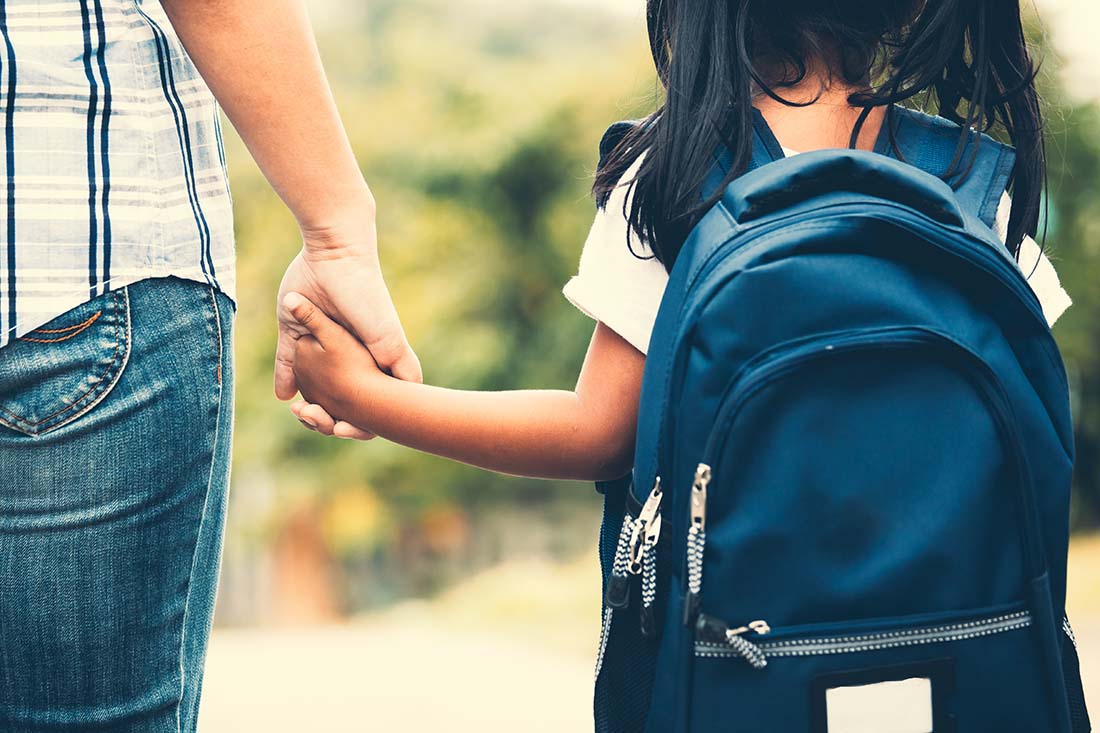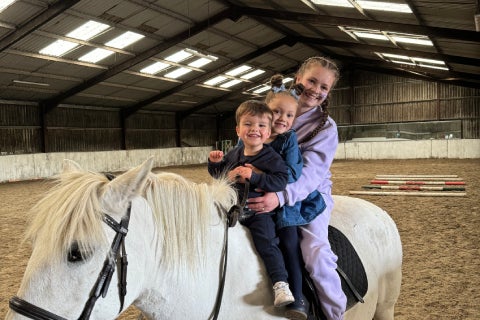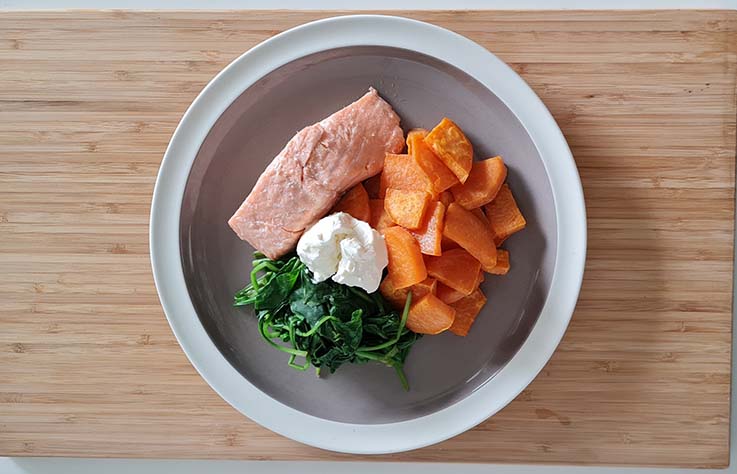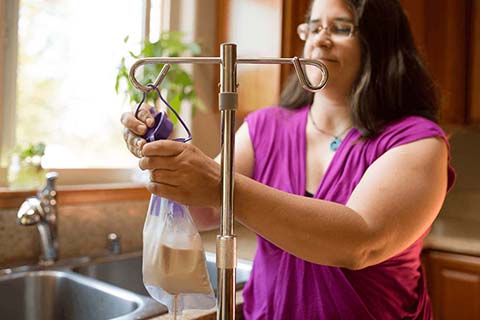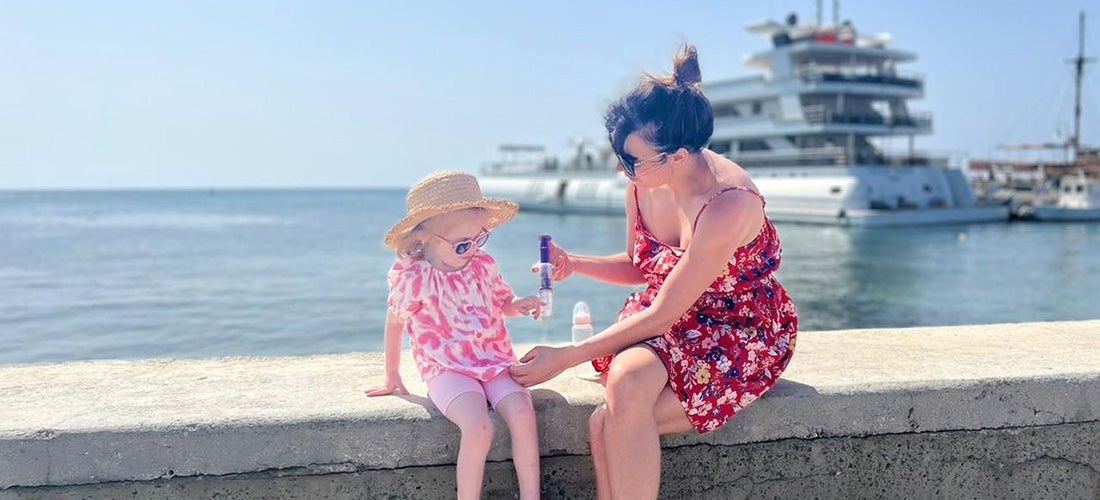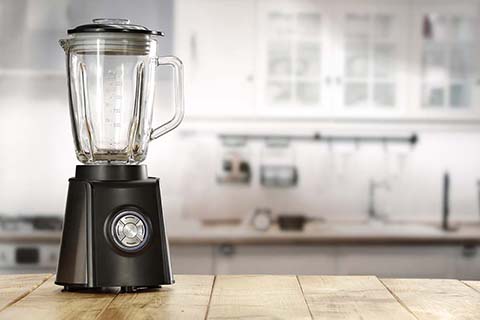School Must-Haves
We have created a guide to help tube feeding families prepare for school. From what equipment to buy, to the conversations you need to have with teachers, there is a lot to think about – but this guide hopes to give you the tools to plan effectively and feel more confident about sending a child off to school.
Contributing experts: Annina Whipp, Senior Paediatric Dietitian & Jackie Goodsell, Freelance Medical Sales Consultant
Getting the right equipment needed for school
- Label maker
- Specialist backpack
- Feeding tube belt
- Feeding tube pads
- Insulated lunch box
- Stoma seal kit
- Secondary ‘essentials’ bag – ready to go
- Tube feeding friendly books
Label Maker
As there are various pieces of equipment needed for tube feeding, a label maker is a helpful way to clearly identify a child’s belongings at school. Depending on their feeding plan, here are some key items you might need to send to school:
- Feed pump
- Pump charger
- Feed sets, plus spares
- Giving set, plus spares
- Feed (either manufactured or blended)
- Syringes, plus spares
- Spare tube (labelled with a child’s name)
- Bag or carrier for pump
- Feed pump frame
- Storage containers for feed (clearly labelled)
- Storage containers for syringes and feed sets (clearly labelled)
- pH paper (to test the acidity levels for tube placement)
- Medications
- Water for flushing tubes pre- and post-feeding
- Fixation devices
- Gloves and spare clothes in case of leakages
Click here to read our tube feeding glossary, which explains some of these terms in more detail. You can also read more about tube feeding equipment here.
Feeding tube backpacks
Typically available from pump suppliers, feeding tube backpacks come in different shapes and sizes depending on which feeding pump a child is using. This type of backpack will have discrete pockets and compartments to hold the pump and is a great way for a child to remain mobile at school during feeding, without being attached to the pump in one place.
Feeding tube belt
A feeding tube belt will help by preventing a child from pulling on the tube, keeping it safe and secure. This device may help a child stay mobile, particularly during more active sessions in the playground such as PE lessons, if a child is able to participate.
Feeding tube pads
If a child has a gastronomy tube or a button inserted, protective feeding tube pads can be used to protect the skin around the stoma and may also be used to help absorb any leakages. This is a particularly helpful addition to have whilst at school, as a child may be most active during school hours. Feeding tube pads should be regularly changed and are machine washable (and therefore reusable), they also come in different colours or patterns, making them child friendly. They are easy to find online from independent retailers.
Insulated lunch box
An insulated lunch box or bag helps prevent a child’s feed from going off, by ensuring that it’s safely transported to school at the right temperature.
Stoma seal kit
In case a child gets fidgety with their tube during school hours, you could consider packing a stoma seal kit. This provides support if the button falls off or gets pulled out by preventing the stoma from closing, which will give time for a new tube to be placed safely.
Secondary ready to go ‘essentials’ bag
It’s wise to prepare a secondary emergency bag, which will contain all the necessary items and equipment, ready for school trips or after school activities. This may also be handy to keep with grandparents or relatives during after school care. This pack may include additional feed, spare syringes, extension sets, giving sets as needed as well as a change of clothes if there has been a leakage.
Tube feeding friendly books
You may decide to equip your child with tube feeding friendly books, which are colourful, engaging and easy-to-grasp. Being exposed to these kind of stories helps familiarise a child and their peers with tube feeding and prevent them from feeling isolated as they can relate to the people they see/hear about in the books.
Why not try reading one of these books?
- My Belly Has Two Buttons – Meikele Lee
- Emma’s Special Tummy – Paula Lancaster
- The Abilities in Me – Gemma Keir
Participating in school activities
Whether or not a child will be able to participate in school activities, such as PE or swimming, depends on a child’s individual needs. You should ask your healthcare professionals for advice about activities that they can participate in, ahead of school starting.
Swimming is one of the most important things to discuss with your healthcare professionals. A tube-fed child may be able to take swimming classes, but this is often only advised once the stoma site has completely healed.
If a child can participate in activities at school, there are several pieces of equipment that will give them as much mobility as possible, such as tube feeding backpacks and tube feeding belts.
Communicating with your teachers
Ahead of term time, you should communicate with your school to ensure that:
- The teacher at school is provided with the child’s feeding regime. It is always a helpful idea to keep a spare copy of the regime in the school office.
- You provide your school with an up-to-date contact list in case of an emergency.
- A particular contact or caregiver has been assigned the responsibility to oversee the provision of a child’s feed. It is important that you also have their contact details. The person who will be delivering the feed, using the pump, testing the pH for the tube placement must be someone who has received training and is approved to undertake these tasks, so you should be sure to always check if this contact has received all the relevant training.
- The school has been informed on what symptoms to be aware of in case of poor tolerance to feed (for example, vomiting or change in poo). You should clearly communicate that your school must contact you with any uncertainties.
- The feed timings, as well as the feeding area, should be established with the school. It is important that these arrangements are appropriate for everyone (the child and the school). If possible, the school should arrange for a child to be fed at lunchtime with other children, so they don’t feel neglected. In some cases, a child may have to be fed in a separate room. If this is the case, your school should consider having a ‘lunch buddy’ for the child to be around, to ease any feelings of isolation.
- Spare bottled or powdered formula should be stored in school in case a child forgets to take their feed with them. Ahead of time, you should also decide whether your child will take their formula into school daily or whether you will keep sufficient stock at school.
- If using powdered feed, ensure that the school has the current feed, as well as any additional equipment that’s required, including a measuring jug and a shaker. Some children may also require additional water, so it’s therefore important to inform the school how much water to include as per the feeding regime.
- A child should have extra feed available if they are attending breakfast or after school clubs.

